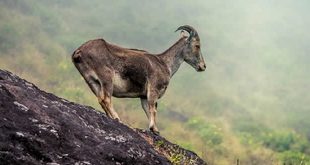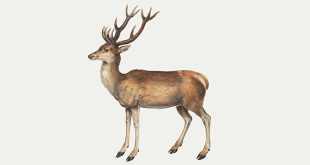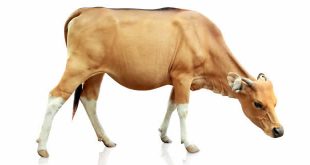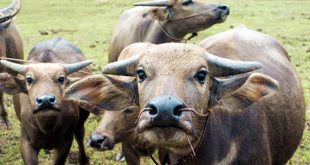 Camel — Camels are even-toed ungulates within the genus Camelus. The dromedary, one-humped or Arabian camel has a single hump, and the Bactrian camel has two humps. They are native to the dry desert areas of western Asia, and central and east Asia, respectively.
Camel — Camels are even-toed ungulates within the genus Camelus. The dromedary, one-humped or Arabian camel has a single hump, and the Bactrian camel has two humps. They are native to the dry desert areas of western Asia, and central and east Asia, respectively.
The average life expectancy of a camel is fifty to sixty years. The term camel is also used more broadly to describe any of the six camel-like creatures in the family Camelidae: the two true camels, and the four South American camelids, the llama, alpaca, guanaco, and vicuña.
A fully-grown adult camel stands 1.85 m (6.1 ft) at the shoulder and 2.15 m (7.1 ft) at the hump. The hump rises about thirty inches out of its body. Camels can run up to 65 km/h (40 mph) in short bursts and sustain speeds of up to 40 km/h (25 mph).
Fossil evidence indicates that the ancestors of modern camels evolved in North America during the Palaeogene period, and later spread to Asia. Humans first domesticated camels between 3,500–3,000 years ago. The dromedary and the Bactrian camel are both still used for milk, meat, and as beasts of burden—the dromedary in western Asia, and the Bactrian camel further to the north and east in central Asia.
The almost 14 million dromedaries alive today are domesticated animals (mostly living in Somalia, Sudan, Mauritania and nearby countries).
The Bactrian camel once had an enormous range but is now reduced to an estimated 1.4 million animals, mostly domesticated. It is thought that there are about 1000 wild Bactrian camels in the Gobi Desert in China and Mongolia.
 Kids Portal For Parents India Kids Network
Kids Portal For Parents India Kids Network






